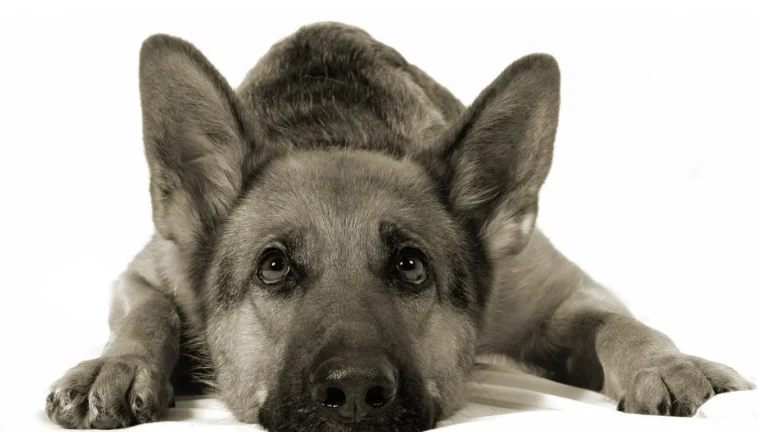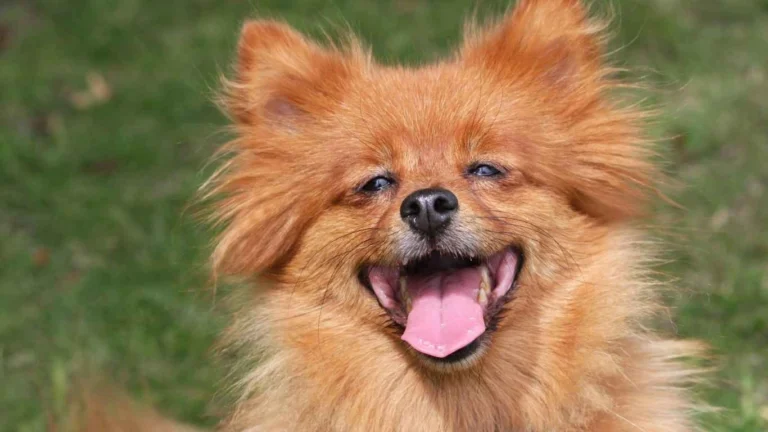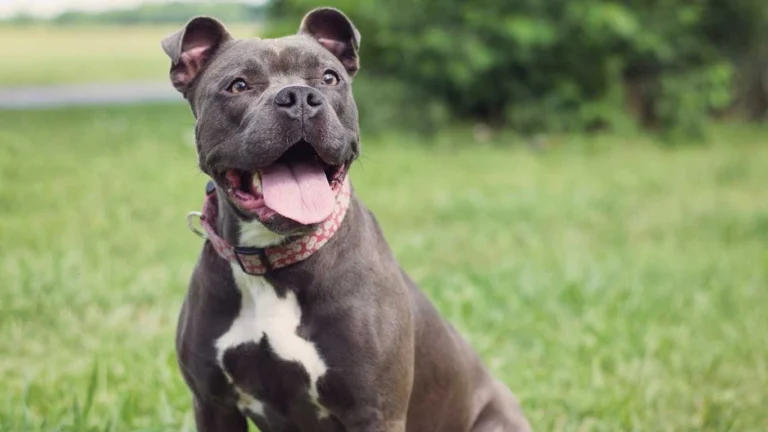What Causes a Dog’s Fur to Turn Yellow? Discover Shocking Reasons
Ever noticed your dog’s beautiful white or golden fur starting to turn an odd shade of yellow? Yeah, I’ve been there. It’s a question I get asked all the time as a vet assistant, especially with pet parents who are super attentive about their dog’s appearance and health: What causes a dog’s fur to turn yellow? It’s not always a hygiene issue, and sometimes it’s not even a fur thing at all — it’s often a clue from the inside out. Let’s dig into it, because yellowing fur can mean a handful of things, and some are more serious than others.
Common Reasons Your Dog’s Fur Is Turning Yellow
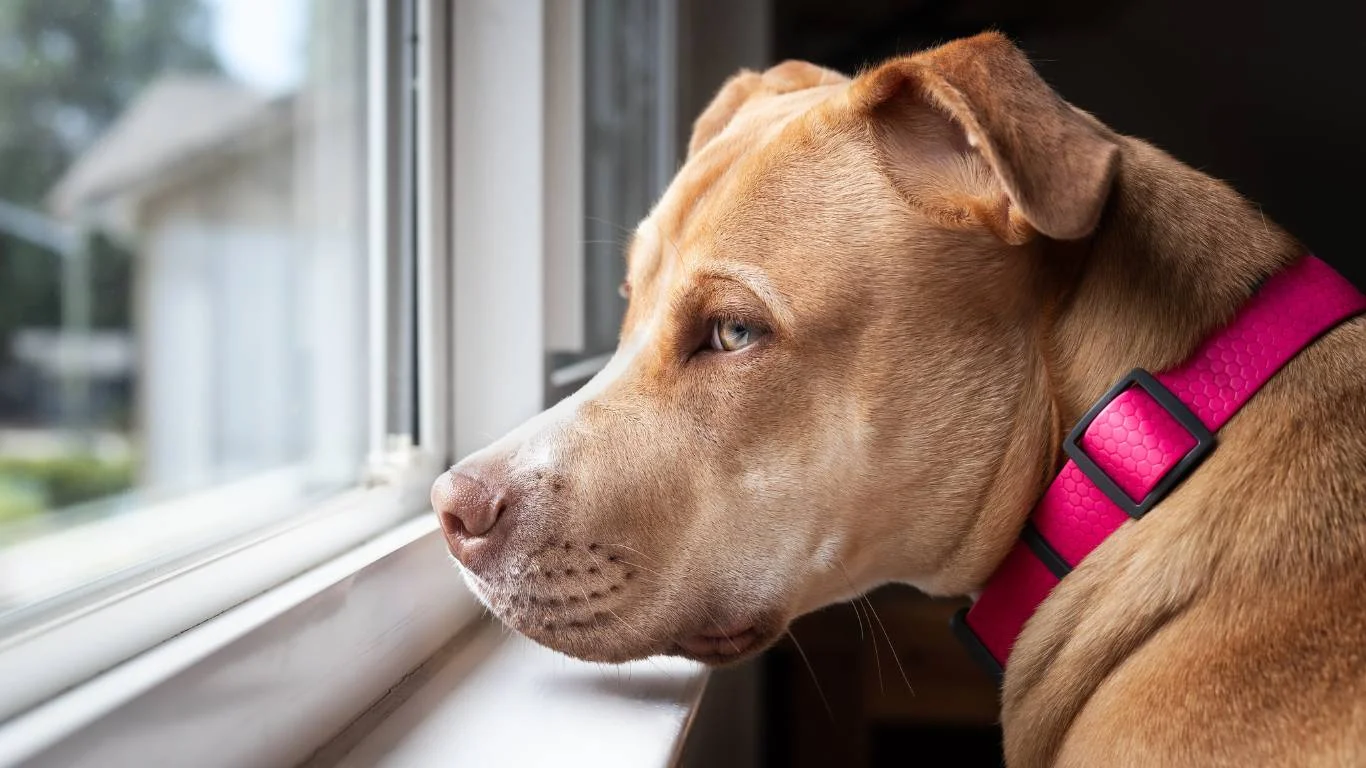
First things first — yellowing fur is usually not something to ignore. Whether it’s around the mouth, paws, or belly, that color change can tell you quite a bit about what’s going on with your pup. From my experience working with both general veterinary cases and nutritional consultations, I can say there are a few really common culprits.
1. Environmental Staining
This one’s surprisingly common. Dogs love to explore the world nose-first, and that means they’re constantly in contact with stuff that can stain. Grass, pollen, rust from metal fences, or even the minerals in your water can leave residue behind.
- Saliva staining: Dogs that lick a lot — especially their paws — tend to develop yellow or even rusty red fur in those areas.
- Iron-rich water: If your dog’s been bathing or drinking water with a high mineral content, you might notice their white or light-colored fur developing a yellow tinge.
- Outdoor exposure: Rolling in the grass or dirt can leave behind yellowish hues that don’t always wash out easily.
I had this sweet little Maltese named Bella who came in with bright yellow fur around her feet. Her owner thought it was an allergy — turned out, it was just from walking through the same iron-rich soil in her backyard every day. A quick grooming session and some barrier paw wax made a world of difference.
2. Nutritional Deficiencies
Okay, so this one hits home for me because I work closely with dietary planning in clinical settings. Fur discoloration, especially yellowing, can sometimes be traced back to what’s in — or not in — your dog’s bowl.
Low levels of essential nutrients like biotin, zinc, and certain B vitamins can mess with your dog’s coat health. I’ve had a few cases where just adjusting the protein source or switching to a food with better bioavailability made a noticeable improvement.
- Biotin: Supports healthy hair growth and pigmentation.
- Zinc: Critical for skin and coat health — low levels often show as flaky skin and dull or discolored fur.
- B-complex vitamins: Help with melanin production and fur vibrancy.
So if your dog’s fur is turning yellow and you’re feeding a cheap kibble, it might be time to rethink the menu.
3. Saliva and Tear Staining
This is a biggie, especially in dogs with light fur. When dogs lick themselves excessively — whether from allergies, anxiety, or pain — the saliva contains porphyrins, which oxidize and leave behind yellow, brown, or reddish stains.
The same goes for tear stains. I had a Shih Tzu patient named Max who had yellowish fur all around his eyes. Turned out he had chronic tear duct issues. Once we got that under control and switched him to a filtered water source, the staining cleared up pretty quickly.
If the staining is near the eyes or mouth, check for:
- Blocked tear ducts
- Dental issues
- Skin allergies
- Diet-related inflammation
4. Aging and Hormonal Changes
Just like humans go gray, dogs go yellow… sometimes. Especially in older dogs, hormonal shifts can cause changes in fur texture and pigment. Hypothyroidism, for example, can dull out a once-vibrant coat and make it look dry, thin, and yellowish.
If your dog’s getting up there in years and you’re noticing changes beyond just fur color — like weight gain, sluggish behavior, or thinning hair — it might be time for a senior wellness check and blood panel. Trust me, early diagnosis makes all the difference.
When Yellow Fur Means More Than Just Dirt
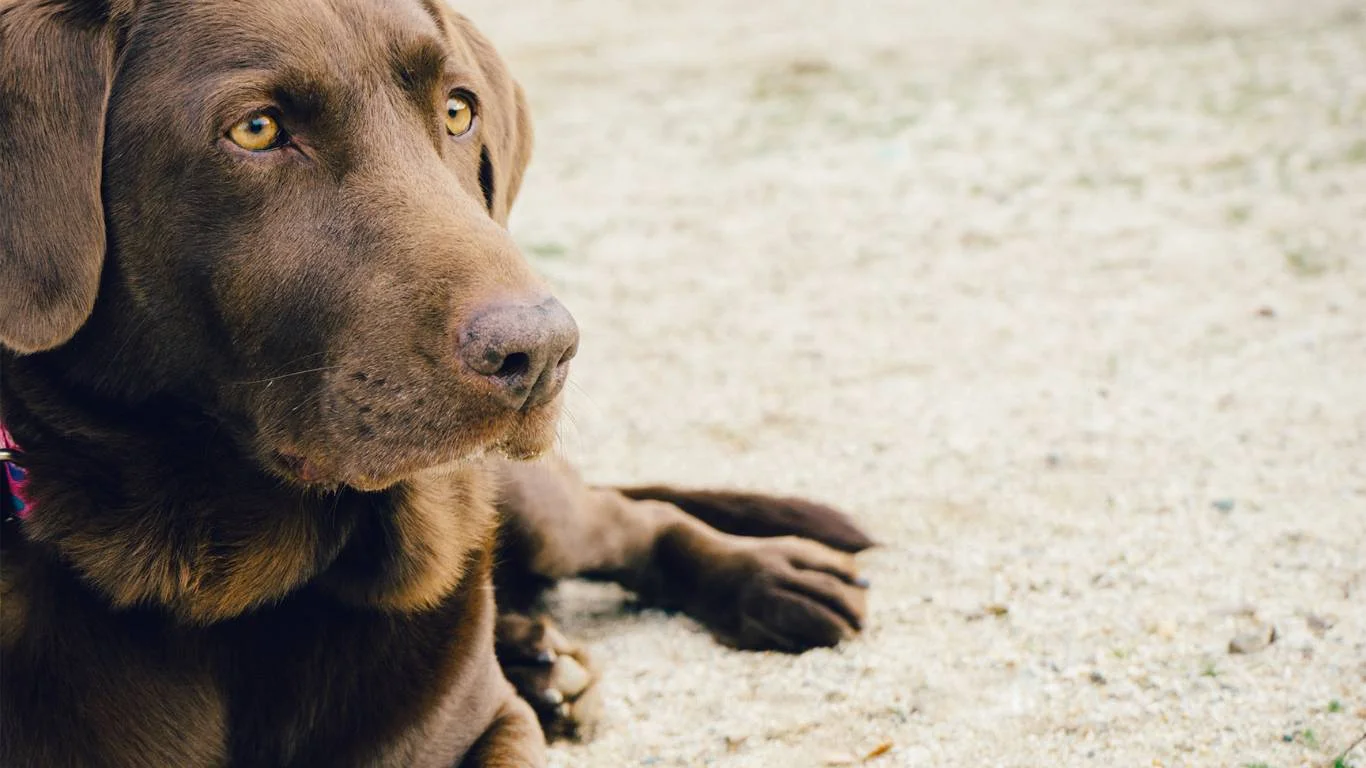
Now, here’s where things get serious. Sometimes yellowing fur isn’t just about grooming or food — it’s your dog’s body trying to tell you something deeper is going on. I once saw a Golden Retriever named Buddy whose fur was going yellowish around his belly and ears. The owner thought it was a sun exposure issue, but blood tests showed early signs of liver trouble.
Jaundice is the big one. It’s caused by elevated bilirubin in the blood, which can happen due to liver disease, gallbladder issues, or even hemolytic anemia. The yellow tint doesn’t just affect fur — it also shows up in the eyes and gums.
If you see these symptoms, get to a vet, like, yesterday:
- Yellow gums or eyes
- Loss of appetite
- Lethargy or weakness
- Dark urine or pale stools
In these cases, the fur discoloration is more like a warning light on a dashboard — something much deeper is happening under the hood.
How Grooming Habits Can Influence Fur Color

I’ll admit — I’m a bit of a grooming nerd. Clean fur is happy fur, and believe it or not, your dog’s bathing schedule can totally impact discoloration. Overbathing can strip natural oils and actually increase staining by making the hair shaft more porous. Underbathing? Well… you can guess what happens there.
Look for shampoos that are:
- pH balanced for dogs (not human shampoo!)
- Whitening shampoos — but make sure they’re gentle and sulfate-free
- Formulated with natural brighteners like chamomile or aloe
And don’t skip conditioning! It’s not just about softness — a healthy coat repels more dirt and debris, which helps reduce that yellow buildup in the first place.
Breed-Specific Factors in Yellow Fur Discoloration

Alright, let’s get into the nitty gritty — because not all yellow fur is created equal. Some dogs are just more prone to discoloration based on their breed and genetics. I’ve worked with so many different dog breeds over the years, and honestly, you start to notice patterns. Some pups just tend to stain more easily or show discoloration more prominently.
White-coated breeds like Bichon Frises, Westies, and Samoyeds are particularly prone to visible yellowing. It’s not because they’re dirty — it’s just that any little stain shows up like a highlighter on a white shirt.
Other breeds may produce more tears or saliva due to structural issues. For example:
- Shih Tzus & Pekingese: Those adorable flat faces mean more tear overflow and staining.
- Poodles & Maltese: Their soft, fine coats absorb pigment and debris quickly.
- Labradors & Golden Retrievers: Especially lighter ones — they can show subtle yellowing along their undersides or tails over time.
I remember this adorable Westie, Daisy, who came in regularly for grooming. Her mom was so frustrated with her yellow beard and paws, despite weekly baths. Turns out, Daisy was licking her paws because of seasonal allergies — and her high-iron tap water was making things worse. A little filtered water and a hypoallergenic paw balm? Game changer.
How Diet Impacts Coat Color and Condition
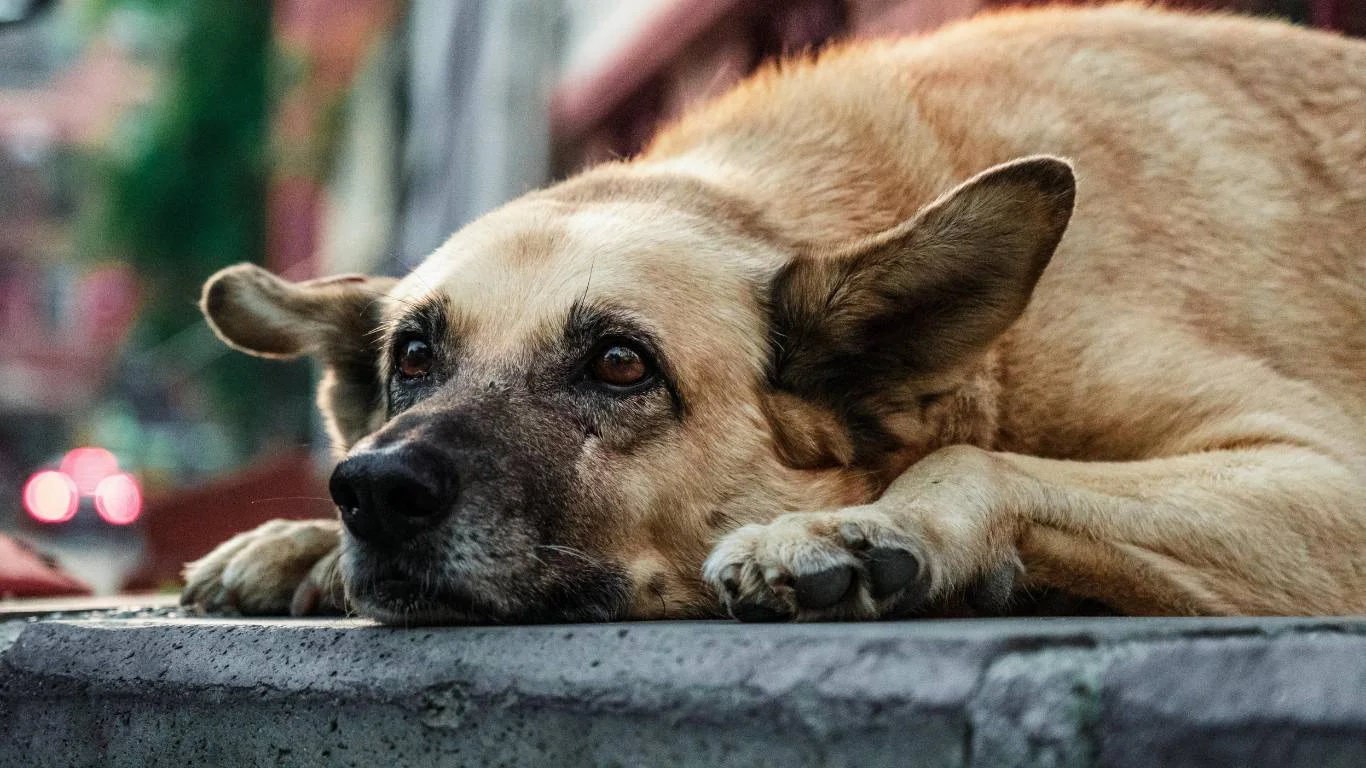
If you’ve ever heard “you are what you eat,” well… same goes for our dogs. What causes a dog’s fur to turn yellow? Sometimes, it’s literally coming from the inside out.
One of the biggest things I notice in my nutrition consults is how fast a dog’s coat changes once we tweak the diet. A dull, yellow-tinged coat can often brighten up with better protein sources, added fatty acids, or vitamin support.
Here’s what I look for:
- High-quality protein: Chicken, fish, or lamb — real meat, not meat “meal.” Essential for hair growth and strength.
- Omega-3 fatty acids: Found in salmon oil, flaxseed oil — they add shine and reduce inflammation (which can lead to licking and staining).
- Vitamins A, E, and B: These support skin repair and fur pigmentation.
- Proper hydration: Yep, even water matters! Filtered or spring water reduces mineral staining from inside and out.
I once helped a senior Lab named Hank who had the saddest yellowed fur and flaky skin. His owner was feeding a low-quality kibble with mostly corn and byproducts. We transitioned him to a limited ingredient, high-protein diet with fish oil — and in just two months, Hank’s coat looked like a glossy magazine ad. Total transformation.
Supplements That May Help Brighten Yellowing Fur
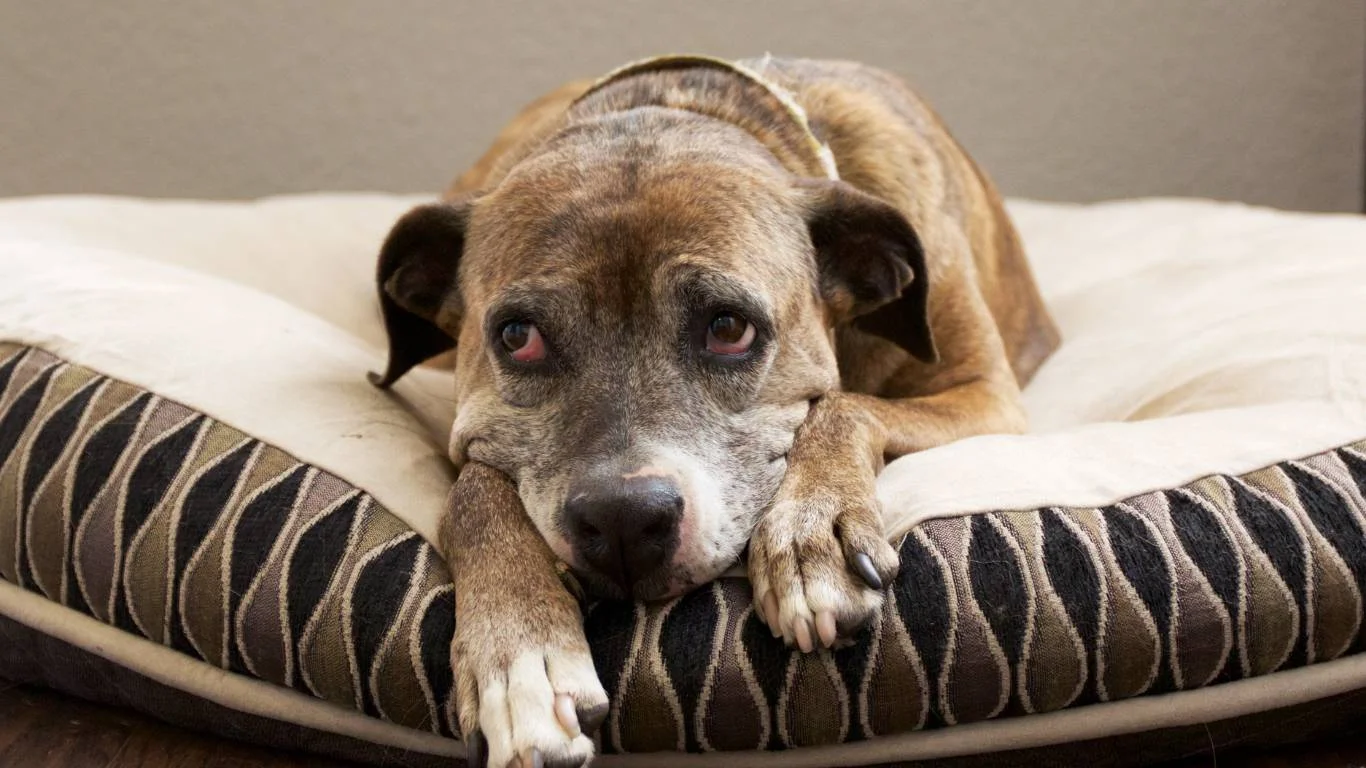
Supplements can sometimes bridge the gap when diet alone isn’t cutting it. Especially if your dog’s fur is turning yellow because of chronic inflammation, age, or immune imbalances, a little extra nutritional support can work wonders.
Here are a few I recommend regularly — and yes, I’ve used these with success both personally and professionally:
- Salmon Oil or Krill Oil: For omega-3s. Great for inflammation and overall coat health.
- Biotin: A B vitamin that promotes strong hair and nail growth. Helps reverse dullness and discoloration.
- Zinc: Not only supports the skin but also helps with fur pigmentation and texture.
- Probiotics: Healthy gut, healthy skin. Seriously. Gut issues often lead to fur and allergy problems.
Just make sure you’re using dog-safe supplements. Not all human ones are okay for pets — and some can even be toxic. Always run it by your vet or a trained nutrition consultant. I’ve seen a few cases where over-supplementing did more harm than good, especially with zinc or fat-soluble vitamins.
Other Medical Conditions That Can Cause Yellow Fur
We touched on jaundice in the first half, but let’s go a little deeper. Sometimes yellowing fur is more than just a cosmetic issue — it can be tied to serious health conditions you wouldn’t expect.
1. Hypothyroidism
This is way more common than people realize, especially in middle-aged and senior dogs. The thyroid regulates metabolism, and when it slows down, it impacts everything — energy, weight, and coat health.
- Dull, thinning, or yellowing fur
- Flaky or greasy skin
- Unexplained weight gain
If I see a dog with a sad-looking coat and no change in grooming habits or diet, I usually flag it for a thyroid test. It’s a simple blood panel, and if caught early, treatment is super manageable with daily meds.
2. Chronic Allergies
Environmental or food allergies can cause nonstop licking and skin irritation, especially around the paws, belly, and ears. And where there’s licking, there’s usually yellowing or staining.
In these cases, managing the root allergy — not just the symptoms — is key. Whether it’s switching to a novel protein, eliminating common allergens, or using antihistamines, tackling inflammation at its source will help the fur recover.
3. Liver & Kidney Issues
Any organ involved in detoxification can affect the skin and fur. When waste products build up in the system, it can literally show up on your dog’s coat. Yellowing, combined with odor, poor appetite, or lethargy, should always prompt a vet visit.
I had one senior Poodle mix named Ollie — super sweet, but his fur just kept yellowing, even with top-tier grooming and diet. Blood work showed early kidney decline. Thankfully, we caught it early enough to manage it with a renal diet and hydration support, and his coat actually started looking healthier again within a few weeks.
Preventing Yellow Fur Before It Starts

So we’ve talked about what causes a dog’s fur to turn yellow and how to fix it… but let’s not forget the golden rule: prevention is everything. Trust me, after years of working in vet clinics and seeing the same issues pop up over and over, I’ve learned that a proactive routine beats reactive treatments every single time.
Think of your dog’s coat like a white t-shirt — you can’t stop them from living their best messy life, but you can make sure stains don’t stick as easily. Here’s what I recommend:
- Regular grooming: Brush daily to remove debris and dead fur. Less buildup = less chance of staining.
- Wipe-downs after walks: Especially on rainy or muddy days. A damp cloth around the paws and belly goes a long way.
- Filtered water: Seriously, this one is huge. It can reduce both internal and external staining if your tap water is high in minerals.
- Paw balm or barrier sprays: These help create a protective layer and prevent direct contact with irritants or allergens.
One of my regular clients, a Cavalier named Rosie, used to come in with yellow paws and chest every spring like clockwork. We figured out it was from pollen and grass residue. Her owner started wiping her down with unscented baby wipes after each walk, and boom — the yellowing disappeared within a few weeks.
Homemade Remedies for Mild Yellow Staining
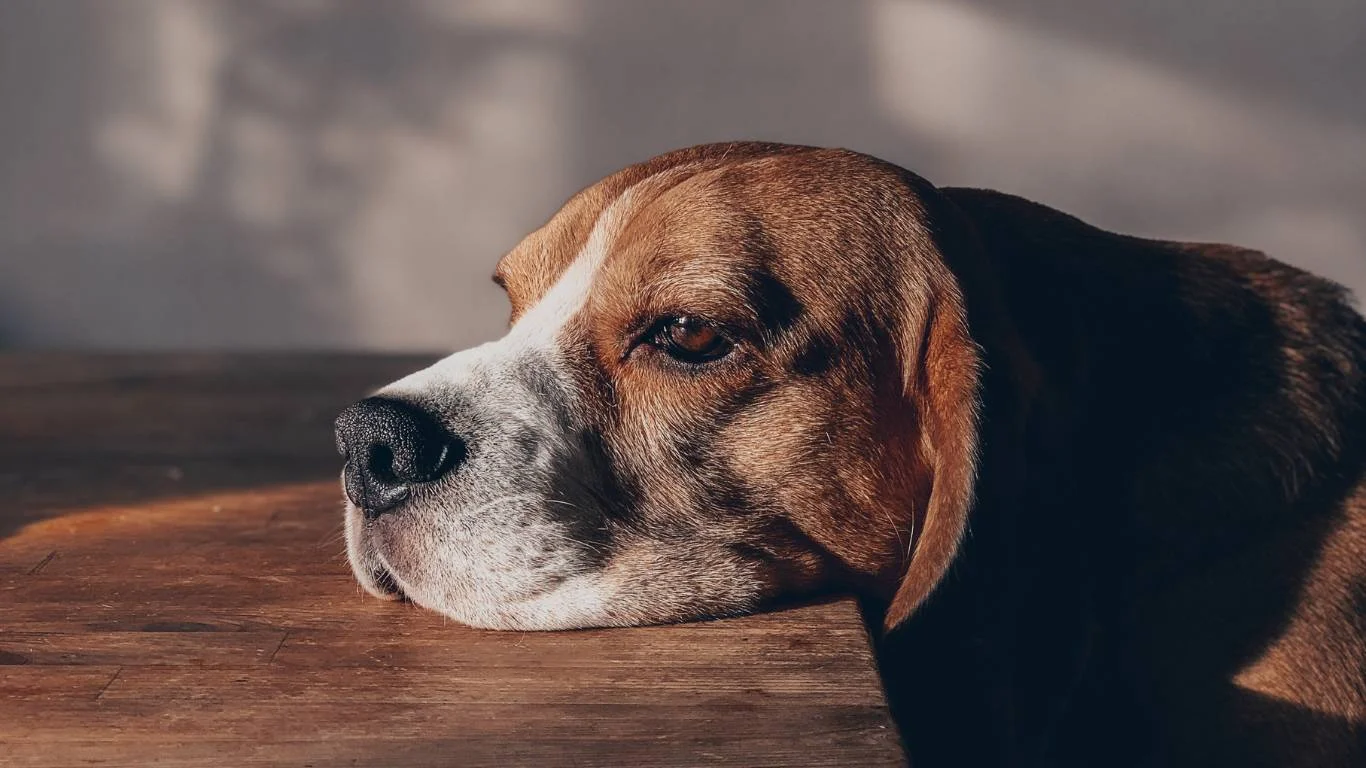
Alright, let’s talk home care. If your dog’s fur is lightly stained and you’ve ruled out anything medical, you might be able to lighten things up at home — no expensive treatments needed. But be careful: a lot of DIY solutions floating around online can actually dry out or irritate your dog’s skin.
Here are a few safe and vet-approved options I’ve used myself:
- Baking Soda Paste: Mix baking soda with a little water to make a paste. Apply to stained fur, let sit for 2–3 minutes, then rinse. Helps lift light stains and deodorizes.
- Apple Cider Vinegar Rinse: Mix 1 part ACV with 3 parts water. Pour over stained areas, avoiding the eyes, then rinse out. It’s great for mild bacterial or fungal issues, too.
- Chamomile Tea Spray: Brew, cool, and use as a light spray to brighten light fur. It’s soothing for irritated skin, too!
Just remember, always spot-test first — every dog’s skin reacts differently. And if the staining is stubborn or getting worse, don’t wait around too long to talk to a vet.
When to Talk to a Vet About Yellow Fur
We all love to play detective with our pups, and hey — a little fur stain doesn’t always mean doom and gloom. But if the discoloration comes on suddenly, spreads, or is paired with other symptoms, it’s time to get a professional involved. I’ve seen yellowing fur be the first clue in everything from autoimmune issues to metabolic disorders. Trust your gut.
Red flags to watch out for:
- Yellowing paired with lethargy or appetite loss
- Foul odor from the coat or skin
- Sticky, oily texture that doesn’t wash out easily
- Changes in behavior or weight
In those cases, your vet may recommend a full blood panel, urinalysis, or skin cytology. And honestly, early testing can save you a lot of stress — and money — down the road.
Quick Recap: What Causes a Dog’s Fur to Turn Yellow?
We’ve covered a ton, so let’s wrap it up with a quick summary of everything that could be behind that yellowish tint in your dog’s coat:
- Environmental staining (grass, iron-rich water, saliva)
- Poor diet or nutritional gaps (especially lacking B vitamins or omega-3s)
- Excessive licking or tear staining from allergies, anxiety, or breed traits
- Aging and hormonal changes like hypothyroidism
- Medical conditions such as liver disease, jaundice, or kidney trouble
- Breed-specific tendencies and coat type issues
Knowing the cause is key to knowing what to fix — and whether it’s as simple as switching shampoos or as serious as running bloodwork. Either way, a healthy coat is a sign of a healthy dog, inside and out.
Additional Resources & Trusted Sources
If you want to dive deeper into this stuff (and I always encourage that!), here are some solid go-to sites I rely on both personally and professionally:
- PetMD – Great for symptom checkers and general health articles.
- AKC – Especially helpful for breed-specific info and grooming advice.
- NIH – Excellent for medical and nutritional research if you’re nerdy like me.
- Health – Occasionally drops pet-related pieces with good wellness tips.
Disclaimer
This article is based on professional experience and research but is not a substitute for veterinary diagnosis or care. Always consult your veterinarian for advice tailored to your dog’s specific health needs.


